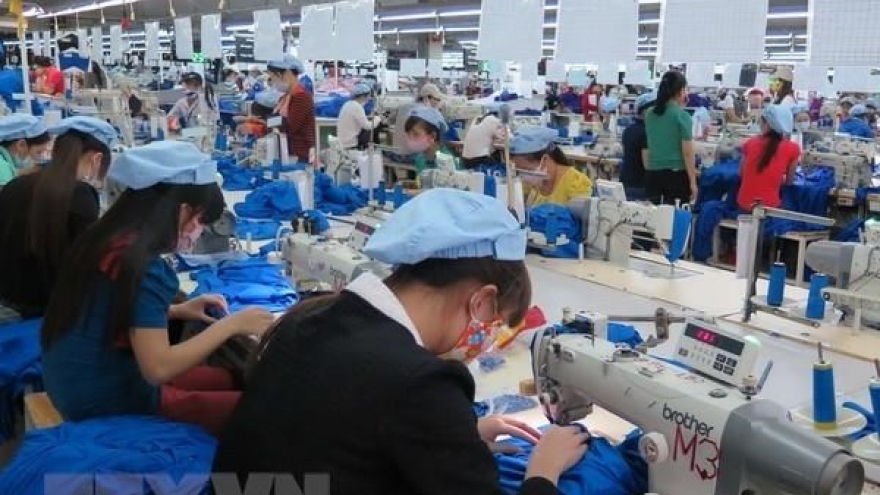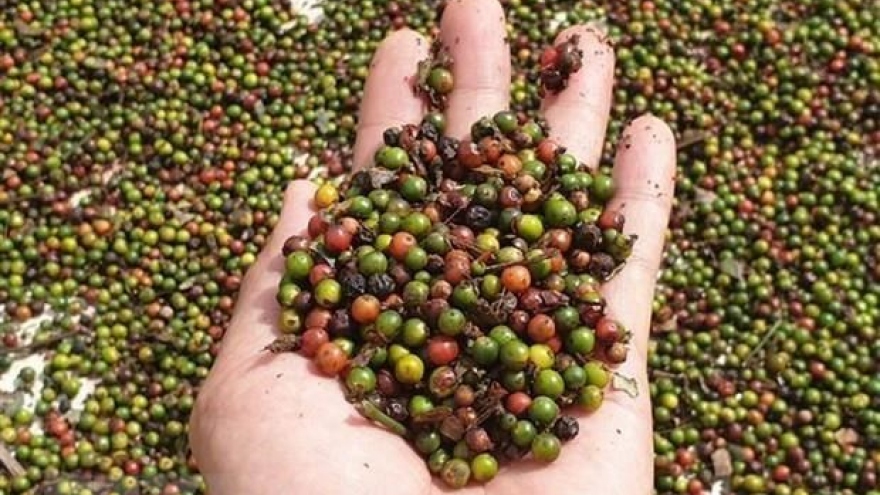EVFTA: a 'highway' with many toll collection stations
The EU Vietnam free trade agreement (EVFTA) has been compared to a highway which allows businesses to go faster and boost their exports.
 |
The agreement is expected to help textiles & garments, and footwear, increase export turnover by 13.49 billion euros by 2035.
Textile and garment industry is one of the biggest beneficiaries from EVFTA, but opportunities won’t come immediately after the agreement takes effect, because the zero percent tariff will be applied after 3-7 years.
To enjoy the preferential tariff of EVFTA, textiles and garments will have to strictly observe the rules on origin.
There are two conditions. First, the fabric to be used to make garments must be sourced from either Vietnam or EU member countries. Second, the cutting and sewing must be implemented in Vietnam or the EU.
EVFTA comprises flexible cumulative origin rules. If enterprises use fabric made in the countries which have FTAs with the EU and Vietnam, such as South Korea, the products will also be eligible for preferential tariff.
As such, if compared with CPTPP with the ‘yarn forward’ rule, the requirement of EVFTA with ‘fabric forward’ principle is less strict. However, experts pointed out that production of fabric remains a weak point of Vietnam. In general, Vietnam’s enterprises only implement cutting and sewing, and do not produce fabric and yarn.
Vietnam still has to import 80 percent of fabric for making garment for export, 50 percent of which is from China, 18 percent from South Korea and 15 percent from Taiwan.
Meanwhile, China and Taiwan do not have FTAs with the EU, which means that if using fabric from the two sources, Vietnam will not be able to enjoy the preferential tariff, according to Vuong Cong Van, chair of Thien Bang Investment & Trade.
Vietnam exports $35-36 billion worth of textiles and garments each year, but the industry still relies on fabric imports.
Reports show that input materials for garment and footwear industries were one of the eight biggest import items in 2018 with import turnover of $23.91 billion, an increase of 13.9 percent over the same period last year.
In 2017, Vietnam imported 6.5 billion meters of fabric, while the domestic demand was 9.5 billion.
To settle the problem, building up supporting industries for the textile and garment industry is a must.
To satisfy 45 percent of fabric demand by 2020, Vietnam needs to produce 1.7 billion meters of fabric, and to satisfy 65 percent of demand by 2025, the figure would be 10 billion meters more. However, local authorities tend to reject projects for fear for environmental problems.



